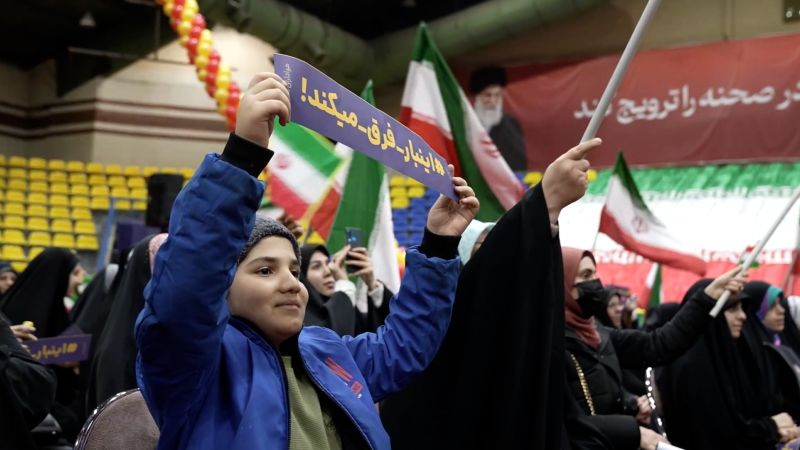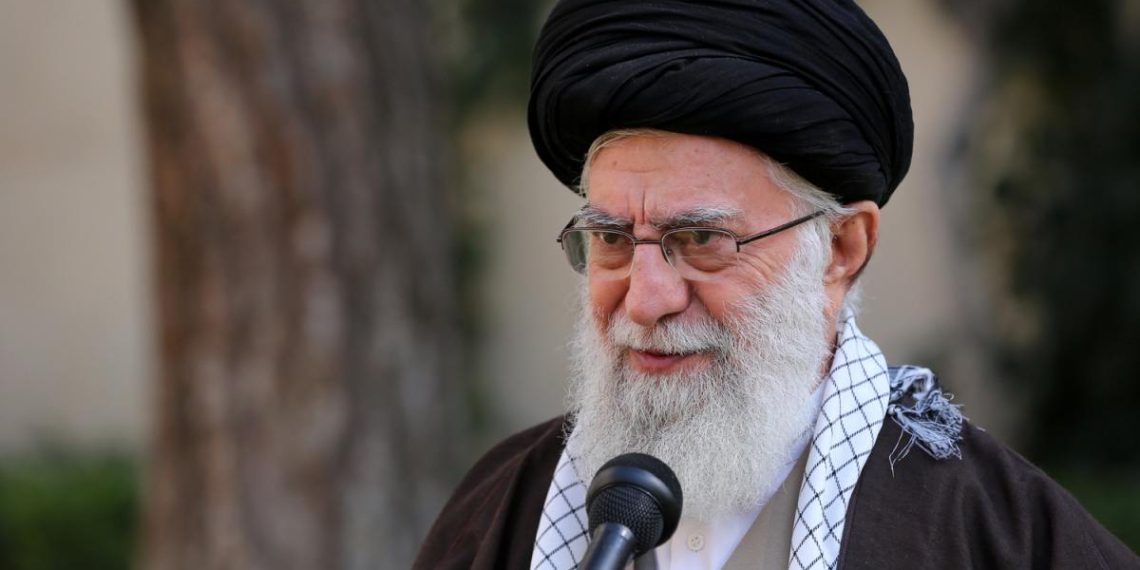Iranians headed to the polls for a parliamentary election, representing a crucial moment for the country’s leadership amidst economic challenges and political tensions. Supreme Leader Ayatollah Ali Khamenei, stressing the significance of voting, was among the first to cast his ballot.
With memories of recent anti-government protests fresh, authorities hoped for a high turnout to bolster their legitimacy, even as official projections indicated a potential decline in participation compared to previous elections.

Over 15,000 candidates vied for the 290 parliamentary seats, with partial results expected the following day. Yet, some Iranians, disillusioned with the regime, boycotted the election, viewing it as a tool to reinforce the ruling establishment.
The sentiment was particularly strong among reformists and activists who decried the process as unfair and undemocratic.
The election unfolded against a backdrop of economic hardship exacerbated by U.S. sanctions and government mismanagement.
Many Iranians questioned the ability of the clerical leadership to address the country’s economic woes effectively. Additionally, regional tensions, including conflicts involving Iranian-backed groups, added to the complex political landscape.

Despite the election’s importance, the parliament’s influence on key issues like foreign policy and the nuclear standoff remains limited, with ultimate decisions resting with Ayatollah Khamenei.
The outcome of the election also impacted the Assembly of Experts, tasked with selecting Khamenei’s successor, further underscoring its significance.
As Iranians cast their votes, the world watched closely, recognizing the implications for regional stability and Iran’s future trajectory. The election served as a barometer of public sentiment, reflecting both popular discontent and continued support for the ruling establishment.





